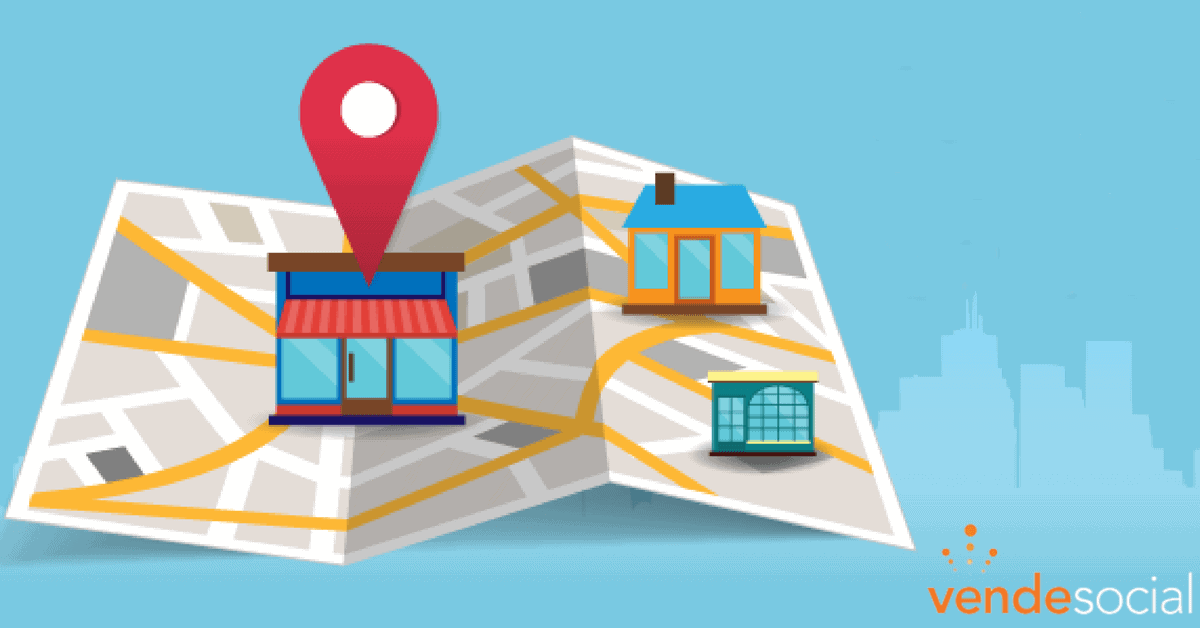For years, small businesses have struggled with Google’s ever-changing algorithms. Google’s most recent push is reminiscent of a common business saying, “location, location, location.” If you are an online provider and don’t have an actual location, you may be ignoring Google’s move to mobile, but you shouldn’t. If your business is on the Internet at all, you need to consider a localization strategy. Here’s what you can do about local SEO for a business without a physical address.
As more people search the Internet from mobile devices, two issues have emerged for Google: Speed and Location. We have talked a lot about why your website needs to be “mobile first” and a lot of that is making sure it is fast enough for Google. The other piece of the puzzle right now is “Local Search” and how Google is using localization information to rank websites of local businesses, but what if you don’t have a physical address? Can you skip out on the lesson? Nope.
For online businesses who don’t have a brick-and-mortar location, local search may still be important. Depending on your industry and target market, localizing your website may provide a real boost to your visibility. (Note: If you are a service provider, you may get some tips here so read-on but look for a future blog about local SEO for SAPs.)
Google Local Search
A couple of years back, Google started using location as part of its ranking algorithm – mainly for “near me” searches. Last year however, they made local SEO more important and a business who relies on in-person customers will find it hard to live without Google My Business and localization of their website. For online businesses, the solution to local search isn’t nearly as simple but there are some things you can do to improve your local SEO.
Not all searches are local
There are three factors that affect a local search: physical location, organic results within physical location, and organic results with no physical location.
- Physical location and Google’s Local Pack. These are the top local search results that show up in the “box” with their addresses pinned on the map. A lot of this information comes from “Google My Business,” but also from NAP (name, address, phone) listings on sites like Yelp. You can’t compete here.
Search results for “bridal shops” may be different if one search is done from downtown Denver and another is done from the suburb of Lakewood, or if the user searches for “bridal shops in Denver” versus “bridal shops in Lakewood.”
- Organic results for businesses with a physical address. How well a business ranks in the local pack depending on the specific search phrase.
Results for “wedding dresses in Albuquerque” and “wedding veils in Albuquerque” may be different but there will be plenty of businesses to fill the box. In the event a user doesn’t find what they want, they might scroll – which is where they might see you but it’s rare in a tight market. In general, you can’t compete here.
- Organic results not dependent on physical address. This is the “regular” search results and doesn’t have the “local pack” because there aren’t any physical businesses that match the search string.
If the search is for “wedding tiaras in Albuquerque,” there aren’t any “local pack” listings so the website which fits best will rank first even if it doesn’t have a physical address. This category is where you can have “for sure” impact. Whether you need to, depends on your business.
Optimizing for local without a physical address
Do you need to compete for local search? The answer depends on what your competition looks like. If you have only a few competitors and all of them are online, it may not be necessary to localize. But if you have moderate competition in certain markets, localization may give you an edge. For example:
You may be able to compete with businesses that are not actually “local.”
e.g. a city strategy for Austin, TX when closest specialty supplier is in San Antonio.
You may be able to compete with other online businesses
e.g. a state strategy for New Mexico with no similar business.
You may be able to compete with local businesses that are not specific
e.g. a city strategy for Kansas City, MO with national chain location.
You Need A Local Strategy
If it seems worthwhile, then you need a local strategy which starts with your website and local landing pages. Each of these pages will be nearly identical to your current landing page but will have page titles and text that includes the location.
For example:
For your standard landing page, titled “Specialty Plumbing Supply” with text “Hard-to-find plumbing fixtures,” a near-copy will be created. This local landing page will be titled “Specialty Plumbing Supply for Austin, TX,” with text “Hard-to-find plumbing fixtures in Austin, TX.”
Similar local pages would be set up for each of the markets to be targeted and may improve your SEO rank when Google can’t fill the “local pack” with businesses at physical addresses.
In addition to establishing local pages, you still need to show why customers should choose your business over another. Do you have higher quality products or services, a bigger inventory, faster delivery, or more expertise? Once you get your website in local view, you still need to use your marketing skills to tell your customer – and Google – why people should choose you.
Local businesses who rely on local customers must have a local SEO plan.
For businesses without a physical address, localization may not be needed at all. Most Internet-only businesses, however, will be somewhere in-between and while it may not be a big boost, it doesn’t take a lot of time, effort or money. Even if it provides only a slight edge, you may want to strategize for local SEO even if you don’t have a physical address.
Is your website optimized for local search? Find out everything you need to know about localization with our SEO Localization White Paper!

